Narrow stone passageways punctuated by mysterious stairs, a towering cathedral presiding over ancient streets, stalwart city walls bearing witness to centuries of change…
Girona’s historical and architectural assets have made it a must-see for visitors to the Catalonia region of Spain – the quieter, quainter foil to Barcelona’s urban energy. More recently, the city has been drawing in droves of fantasy fans who come to walk the streets of Westeros; Girona stood in as Braavos and part of Kings’s Landing in the hit TV series Game of Thrones. But to see Girona only for its stones and sets is to miss its greatest asset of all: its vibrant and ever-evolving culture. To catch a glimpse of that – and get to know the local people – you’ll want to come during the Fires de Sant Narcís.
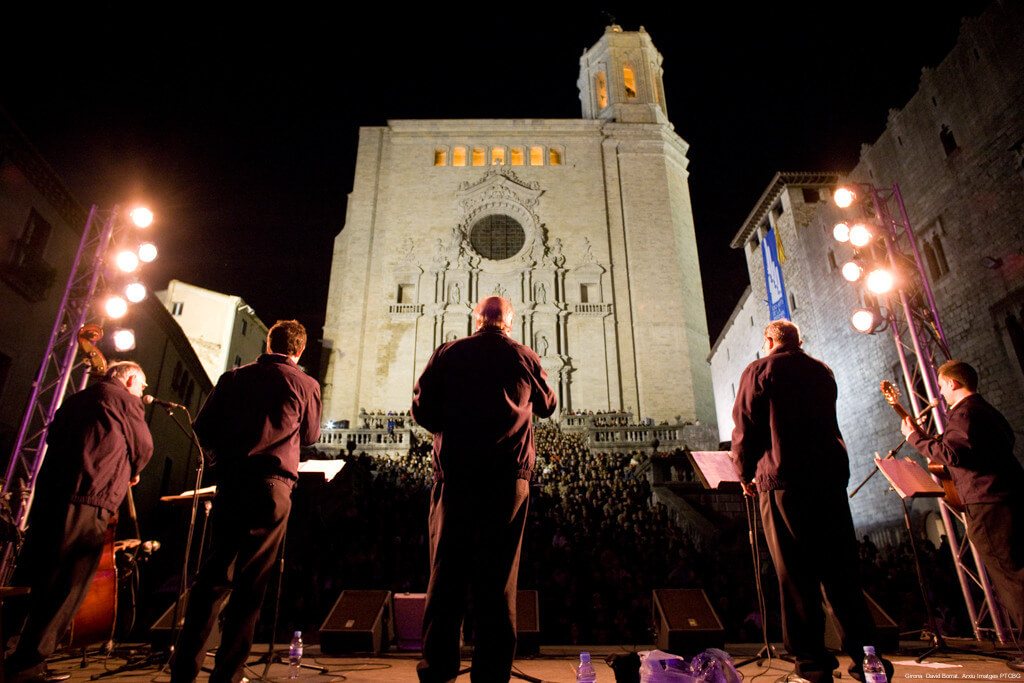
[Photo: David Borrat, Arxiu Imatges]
Fit For A Saint
Held every year in late October (25 October to 3 November in 2019), the Fires de Sant Narcís is Girona’s Festa Major, an annual celebration paying homage to the patron saint of a Catalan city. In this case the figure of honour is Sant Narcís, or Saint Narcissus, who was the bishop of Girona in the early 4th century and who is said to have posthumously defended the city against the attacking forces of Philip II of Burgundy in the 13th century, sending a cloud of stinging flies to chase them away.
The feast day of Sant Narcís falls on 29 October, but a single day simply isn’t enough: the city erupts into one big party in the week before and after, with more than 200 events and attractions running the gamut from traditional Catalan parades and dances to open-air pop concerts.
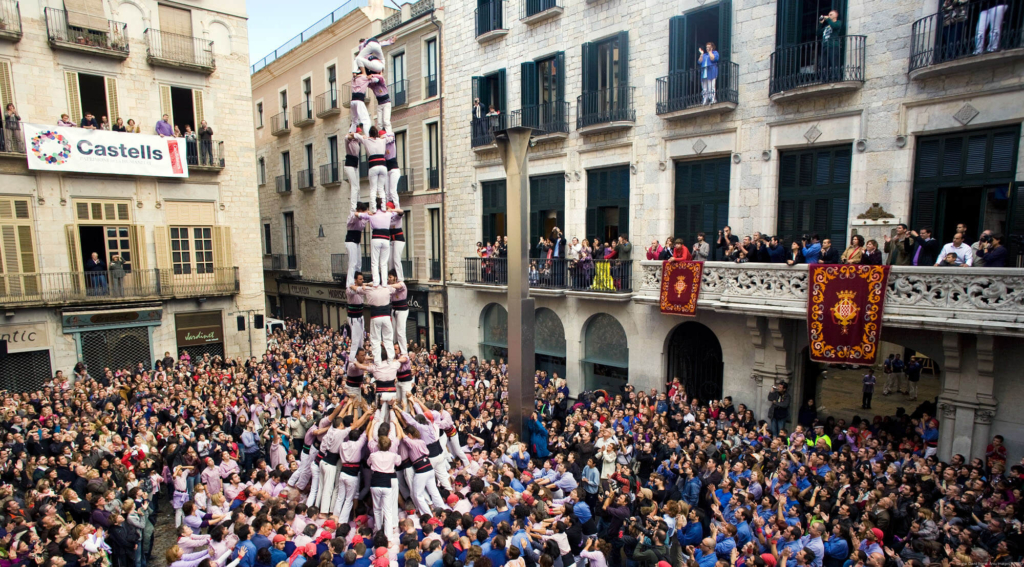
With so much going on across the city, what are the most unmissable parts? According to Girona mayor Marta Madrenas, it’s impossible to choose. “The parade and the opening of the first day (called pregó) are perhaps the most special events, because they kick off 10 days of an intense programme of activities,” she says.
“The diada castellera [human towers], the singing of Havaneras on the stairs of the cathedral, the correfoc [fire run], the ‘pujada del pilar de 4’ [a moving human tower] on the stairs of the Cathedral, the concerts in the La Copa area or in Sant Feliu’s Basilica, a parade of giants, the fireworks on the last day… I can’t just highlight one!”
The Past Meets The Present
Indeed, the Fires is a smorgasbord of sights and sounds to take in. Catalan traditions are on full display, from the parade of the gegants (massive papier-mâché figures) and capgrossos (big papier-mâché heads worn on parade participants’ shoulders) to the dancing of the Sardana, an important symbol of Catalan culture, unity and pride.
Then there’s the hectic correfoc: a fixture of many Catalonia’s local Festa Major, correfocs are chaotic parades where sparks fly as people dressed like devils light fireworks while they cavort and dance to rhythmic drumming. Spectators can either watch from a distance or join in the frantic fun; if you choose the latter, be sure to cover your hair, wear old clothing and don’t bring small children along, who may be frightened by the loud bangs and fireworks.
The Fires is also a chance to glimpse that most iconic, awe-inspiring and hair-tasing of Catalan traditions: the castellers. On the diada castellers (day of human towers), you can watch as brave locals form human towers up to 10 metres high. Girona’s particular contribution to the tradition is the pujada del pilar de 4, human towers 4 people tall that – defying physics and gravity – ascend the stairs to the city’s grand cathedral in an impressive display of balance and harmony.
It’s not all a blast from the past, however – the beating heart of the Fires de Sant Narcís is the park of La Devesa, which becomes a bustling fairground with rides, funfair attractions and market stalls for the full 10 days. Head to La Copa for free nightly concerts spanning genres like rock, pop and jazz, and flanked by bars where you can have a drink and enjoy the tunes. You’ll also find a host of activities for children, in addition to film and theatre events, exhibitions and sporting competitions throughout the festivities.
Unlike The Others
It’s true that many Catalan cities – including nearby Barcelona – host their own Festa Major each year, so what is it that makes Girona’s festival worth visiting?
According to Madrenas, it’s all in the timing: “Most of the major festivals take place in summer, and this gives them a different character from the main festival of Girona. Eating chestnuts as you stroll to the rides, or walking through the carpet of leaves in the Devesa Park – the atmosphere of the fair of Girona is unique and special.”
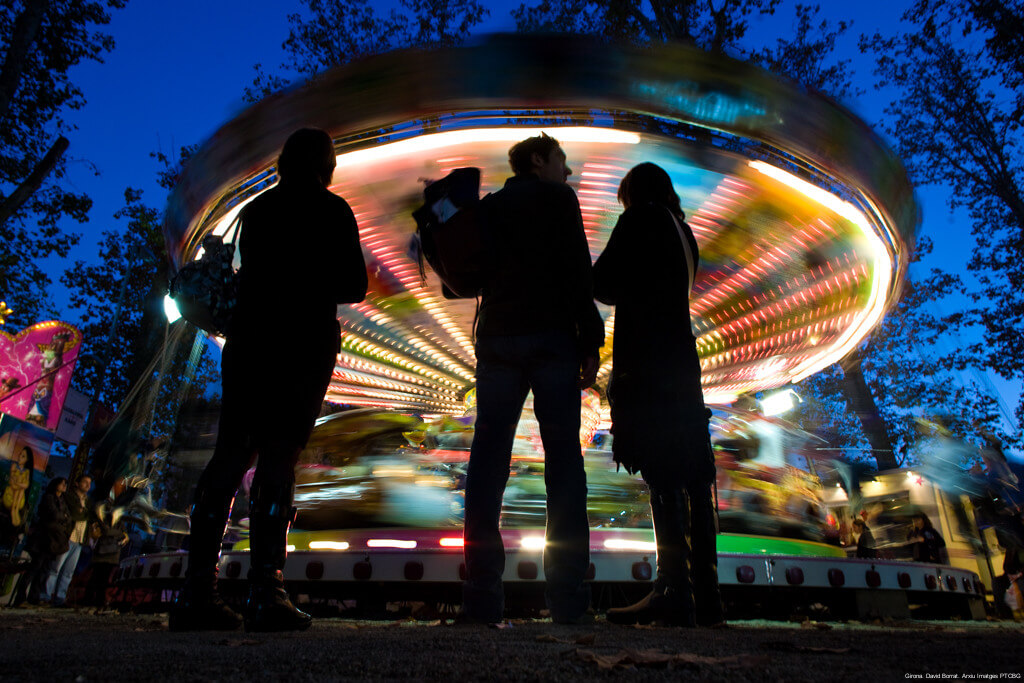
[Photo: David Borrat, Arxiu Imatges]
Should you find yourself in Girona at this time of year, Madrenas recommends to take it all in at your own pace – you’re sure to stumble upon something wonderful: “During Fires, I would advise you to get lost in the streets of the city, and walk around the Devesa Park or the city squares at any time of the day. It’s simply exciting and spectacular.”
[Photo at top: David Borrat, Arxiu Imatges]

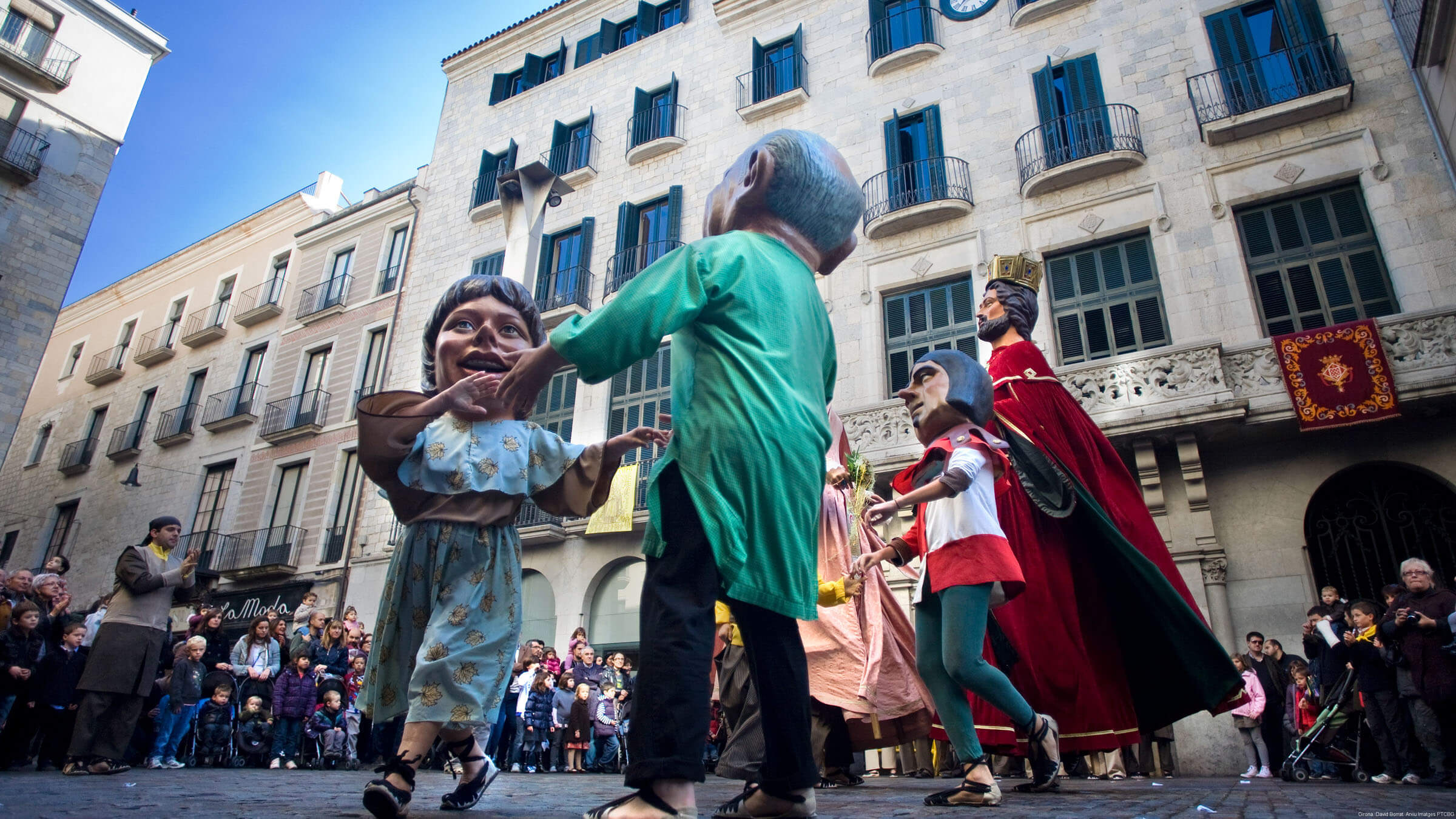


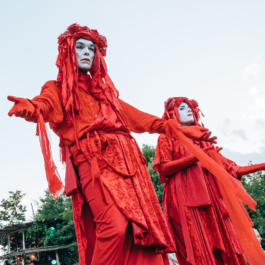


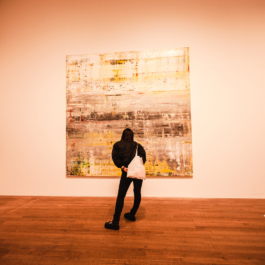



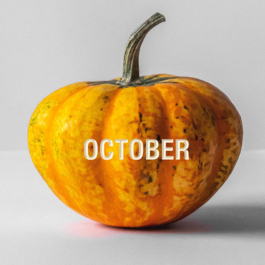
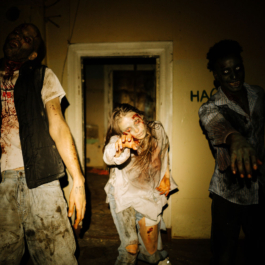
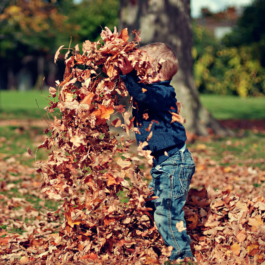
Sorry, the comment form is closed at this time.